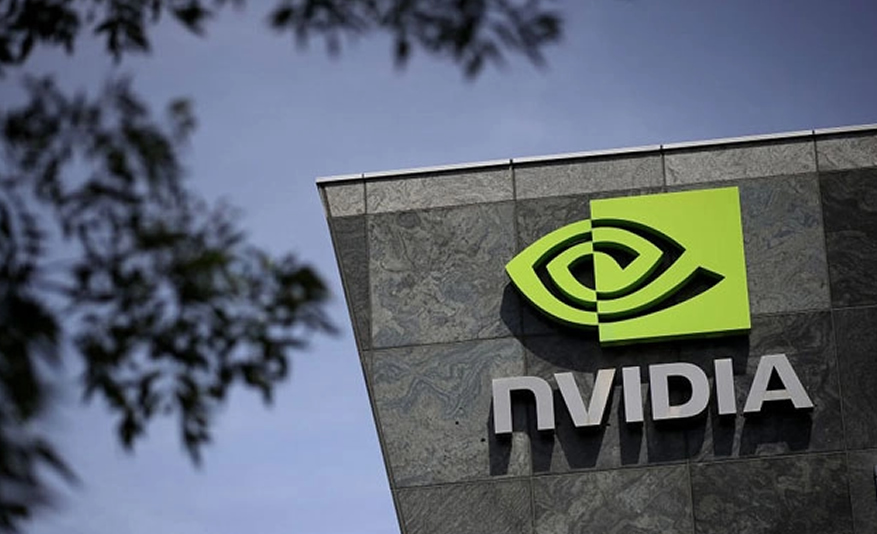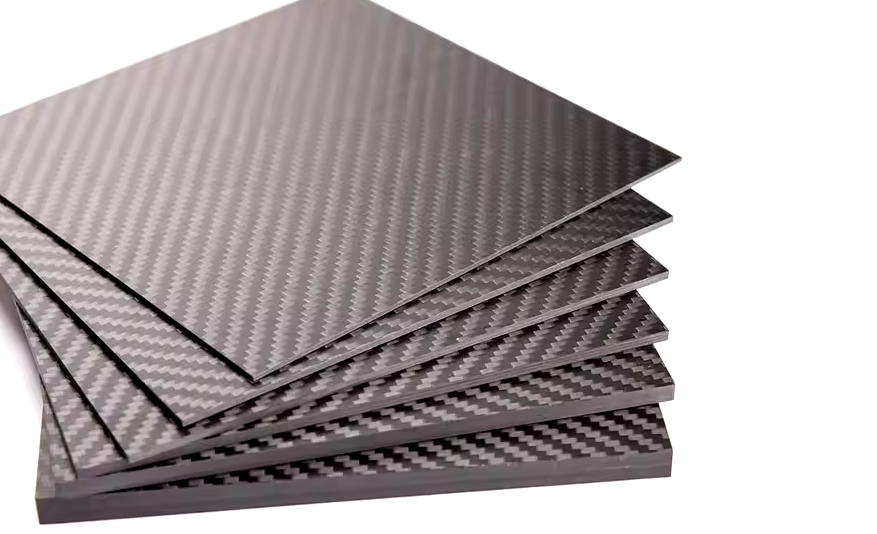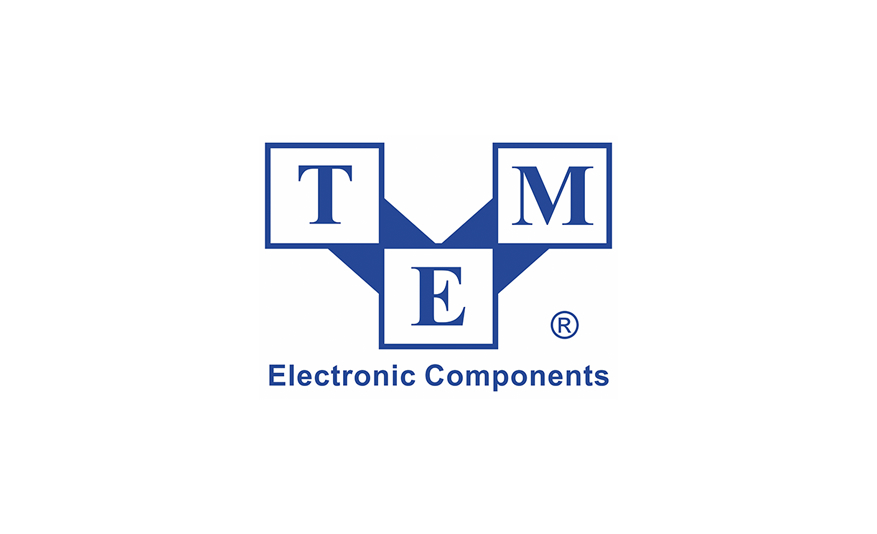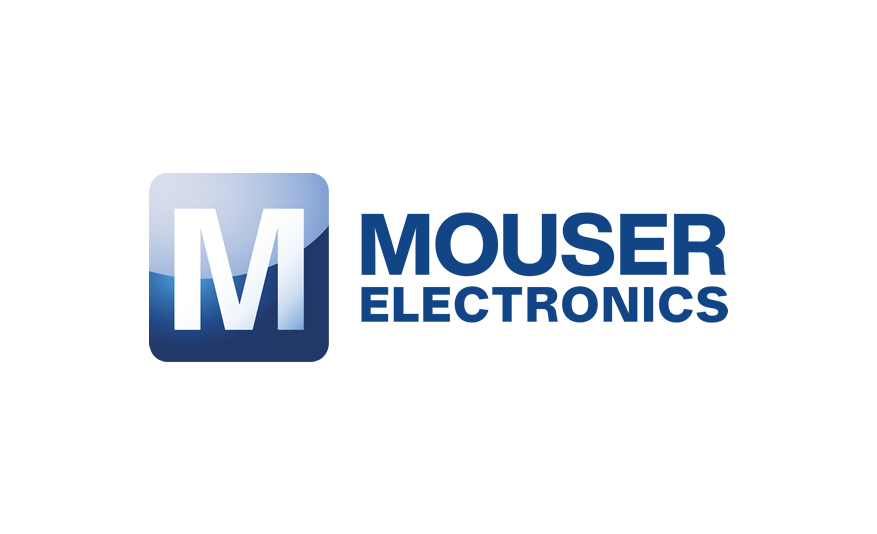Chiplet technology is revolutionizing the semiconductor industry by offering alternative advantages compared with traditional monolithic designs. A recent report on the topic from IDTechEx report highlights the transformative potential of chiplets. It predicts the market will reach US$411 billion by 2035, driven by high-performance computing demands across sectors such as data centers and AI.

Chiplets break down complex chips into smaller, specialized components, providing enhanced flexibility and customization, leading to faster time to market and shorter upgrade cycles. This modular approach allows manufacturers to integrate components tailored to specific tasks, resulting in versatile and efficient chips. Chiplet technology overcomes constraints like reticle size and the memory wall, which traditionally hinder performance and scalability. It also reduces manufacturing costs, improves yield rates, and enhances supply chain resilience by enabling sourcing from multiple suppliers.
Due to these advantages, leading companies like AMD and Intel have adopted chiplet designs in products such as AMD’s EPYC processors and Intel’s Ponte Vecchio GPUs. This widespread adoption underscores the growing importance of chiplets in high-performance computing applications.
With the chiplet market projected to experience substantial growth, the new IDTechEx report analyses key sectors where chiplet technology plays a crucial role:
- Server: High-performance computing demands drive significant adoption.
- Telecommunications, 5G, IoT: Chiplets enable efficient network solutions.
- PCs: Enhanced performance and customization are key drivers.
- Mobile Phones: Chiplets contribute to advanced functionality and efficiency.
- Automotive Industry: The integration of diverse functionalities supports automotive innovations.
- Others: Various applications benefit from the modularity of chiplets.
IDTechEx’s 10-year forecast considers the entire value of devices utilizing chiplet designs—such as CPUs, GPUs, HBMs, FPGAs, AI-ASICs, cache memory, flash storage, I/O controllers, and optical I/O components—reflecting the integral role of chiplets in enhancing performance and functionality. Application-based segmentation analyzes chiplet adoption across various use cases, identifying specific market trends and growth opportunities within each sector. Building on current shipment and value data from existing suppliers, the forecast estimates future demand by considering technological advancements and emerging industry needs over the next decade. This comprehensive analysis positions chiplet technology as a cornerstone for future semiconductor innovations, driving growth and fostering collaboration across the industry.
The IDTechEx report “Chiplet Technology 2025-2035: Technology, Opportunities, Applications” also provides a detailed analysis of the chiplet technology landscape, starting with the basics of chiplet technology. It explores the drivers and benefits that make chiplet design attractive while also identifying the challenges and hurdles in its adoption and implementation. It provides insights into technology and manufacturing processes, including design methodologies and packaging techniques. The discussion extends to inter-chiplet communication, focusing on interconnects and standards necessary for seamless integration. Thermal management strategies are outlined to address heat management in densely packed systems. It also delves into the supply chain, highlighting key players and their roles in advancing chiplet technology.



















































